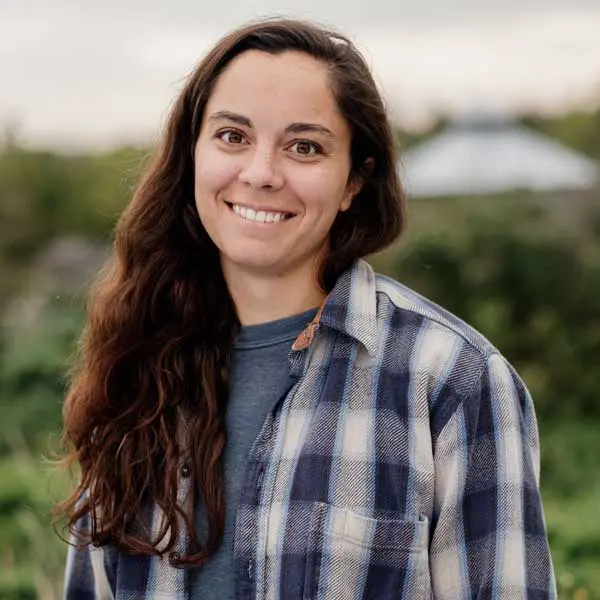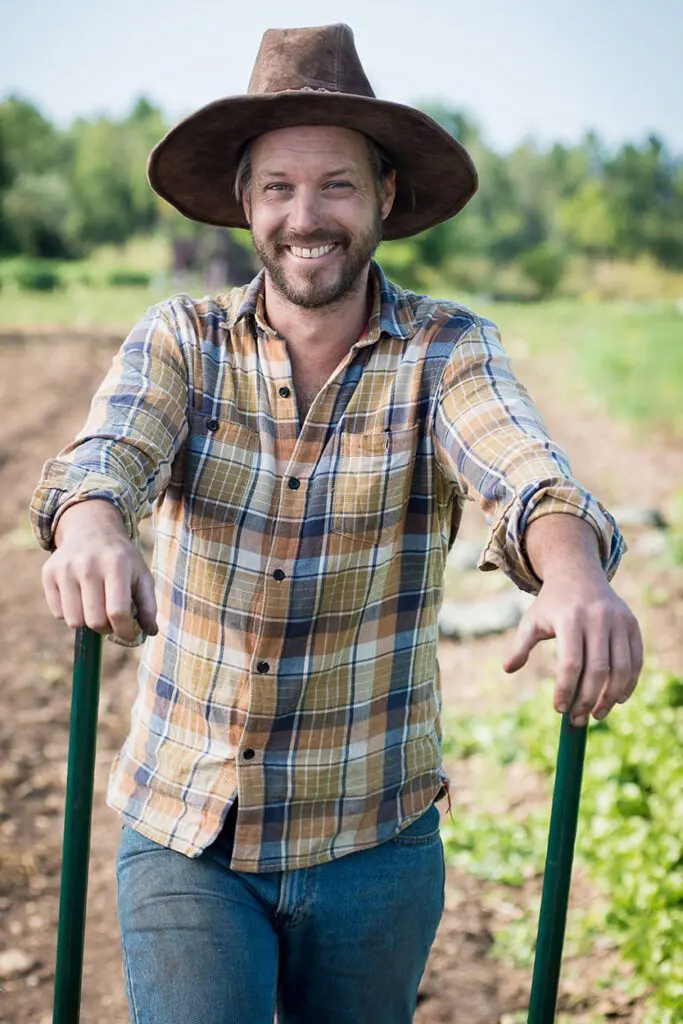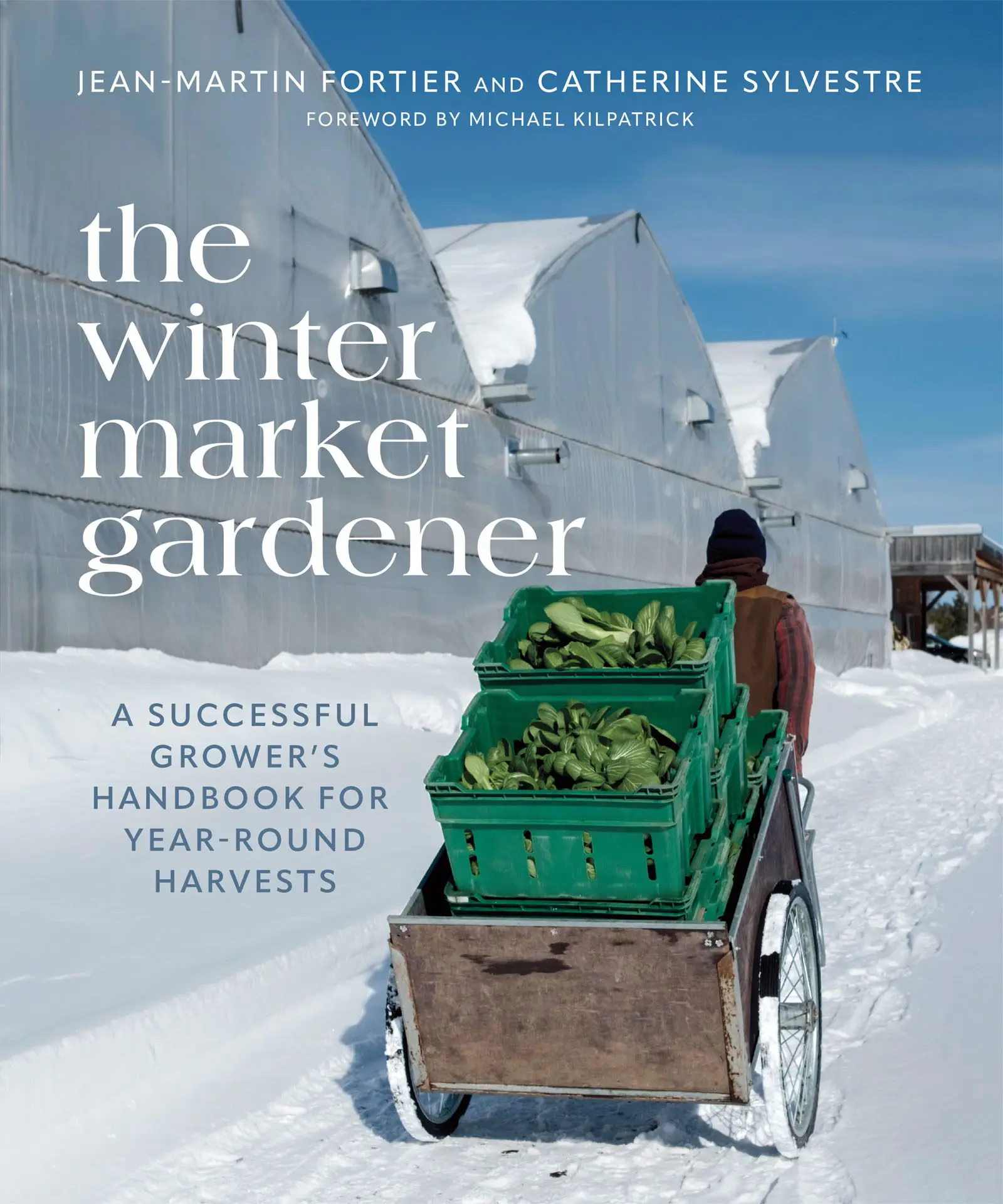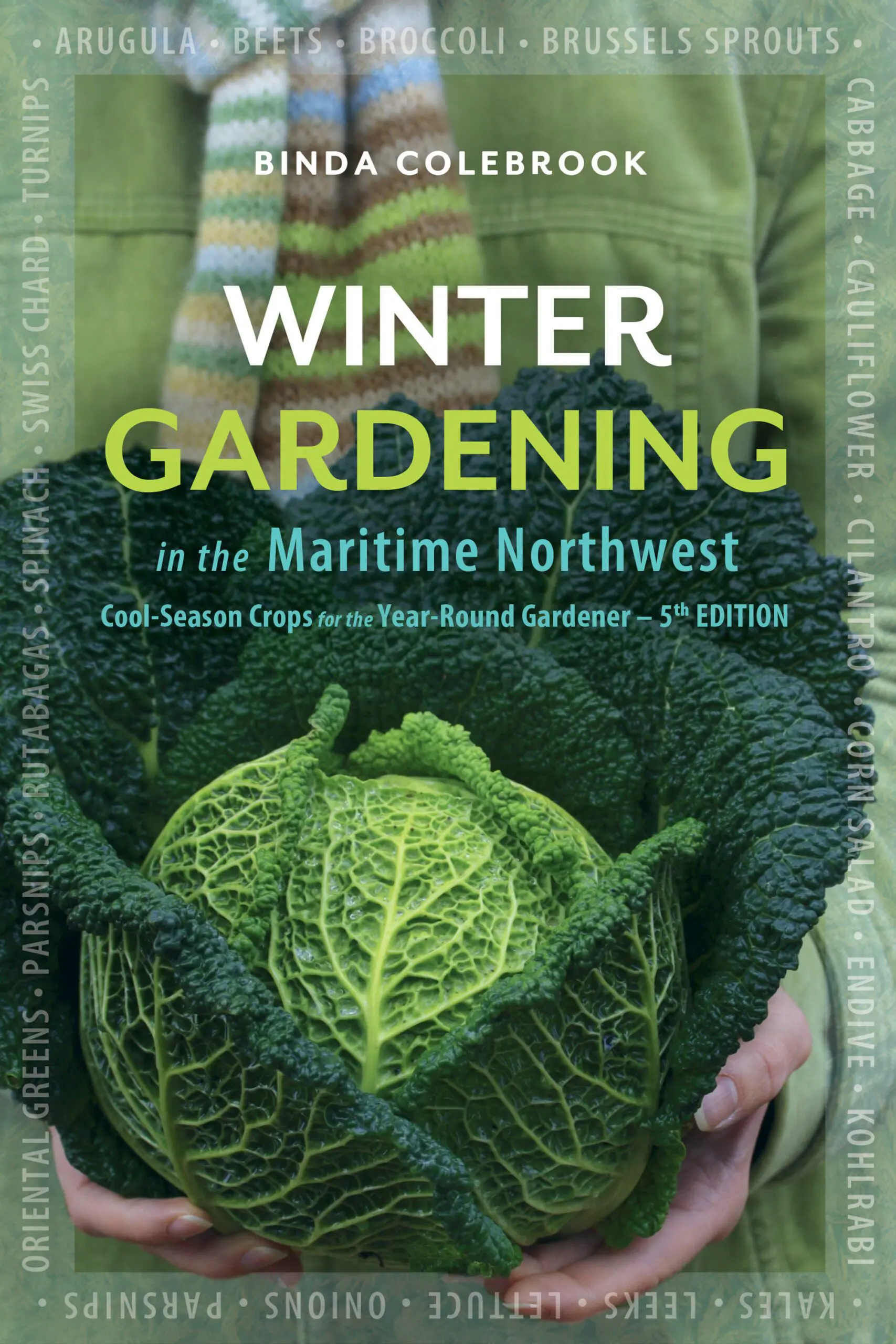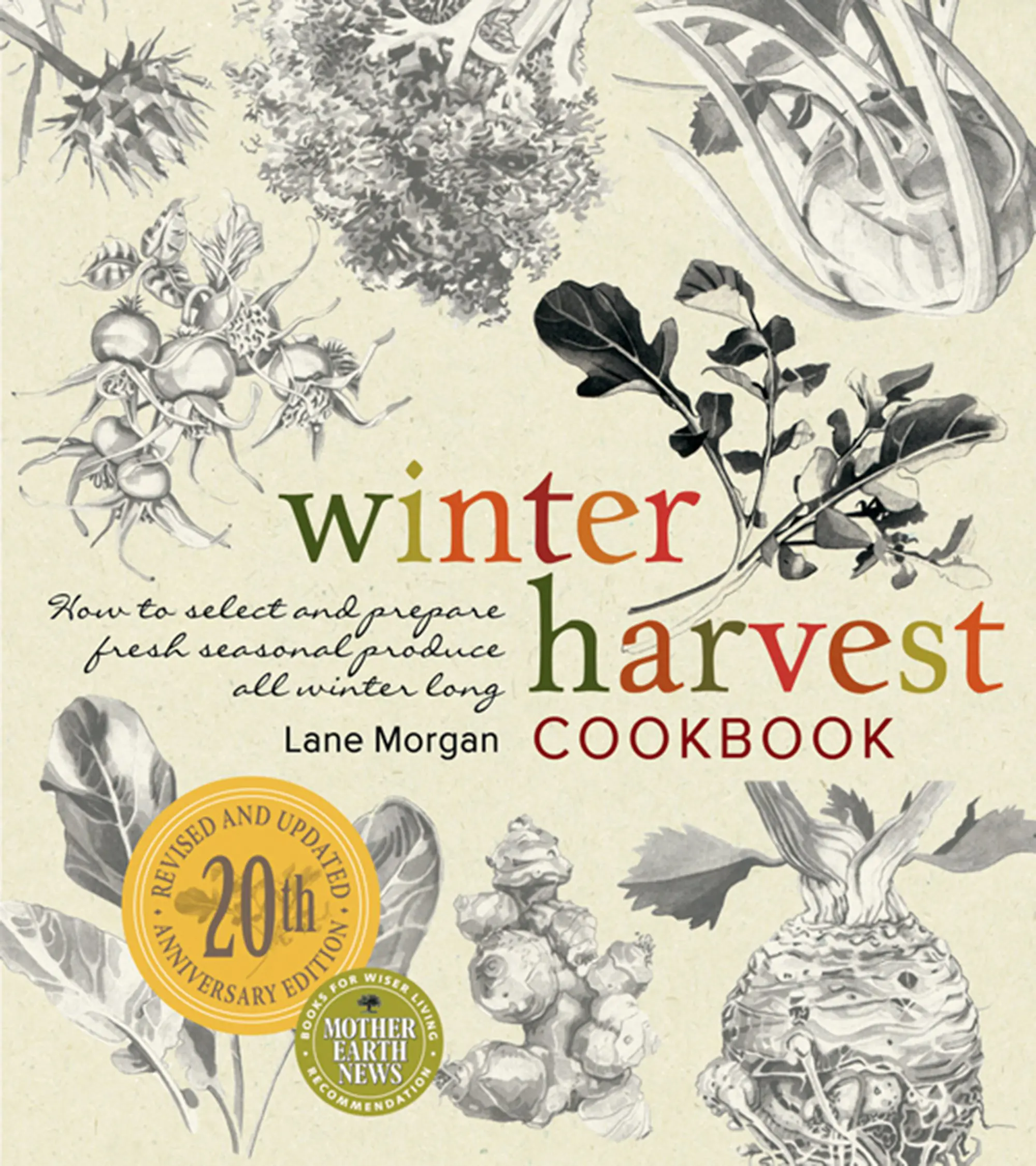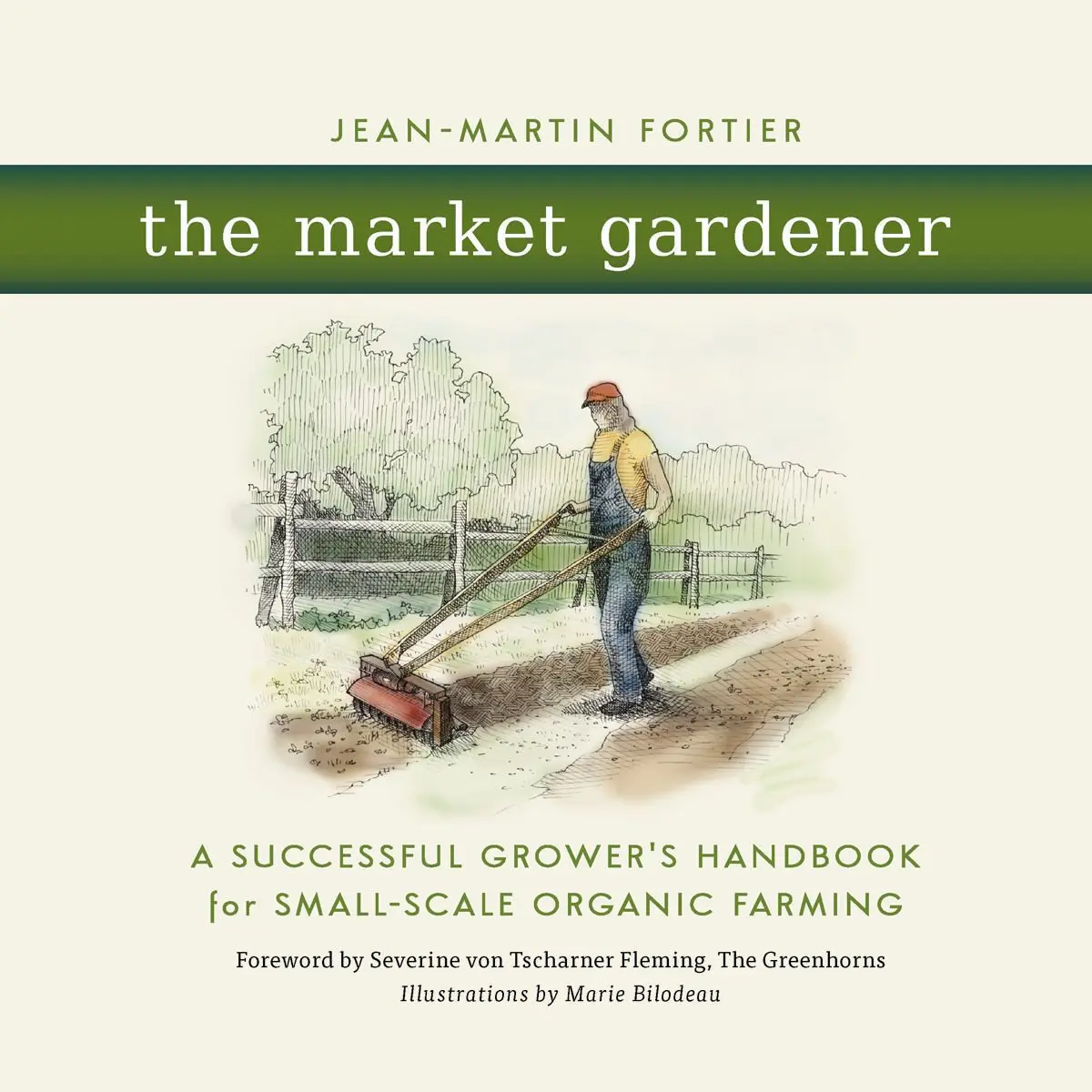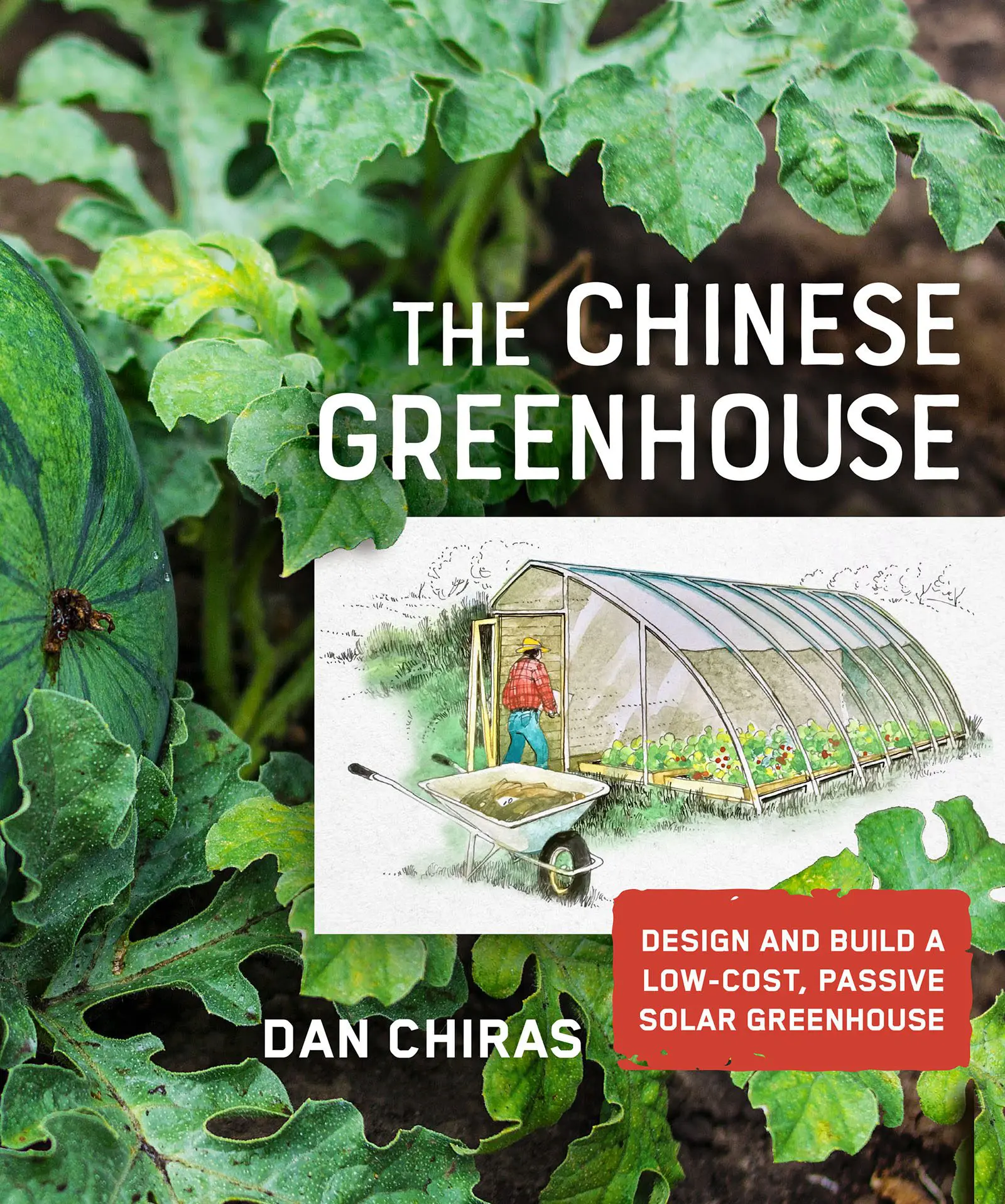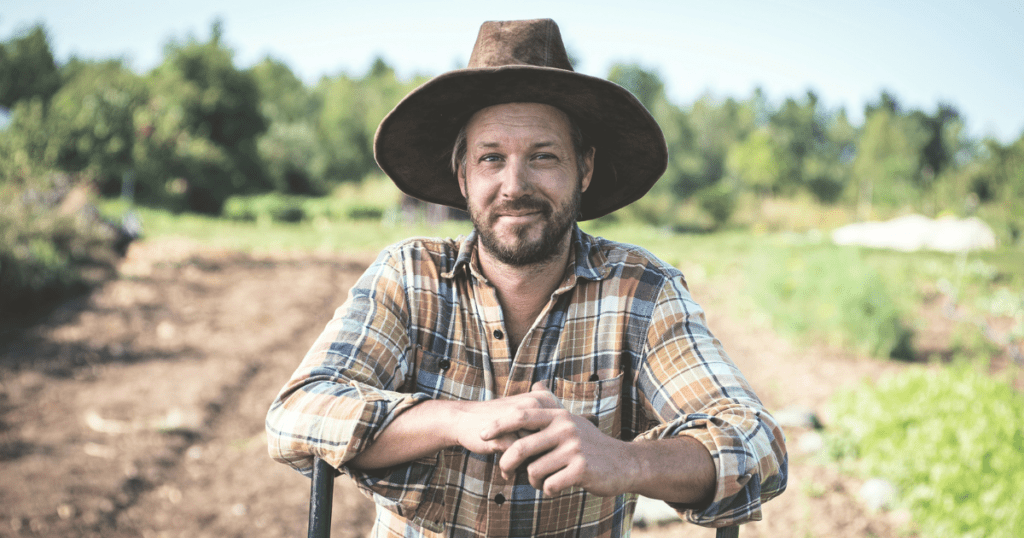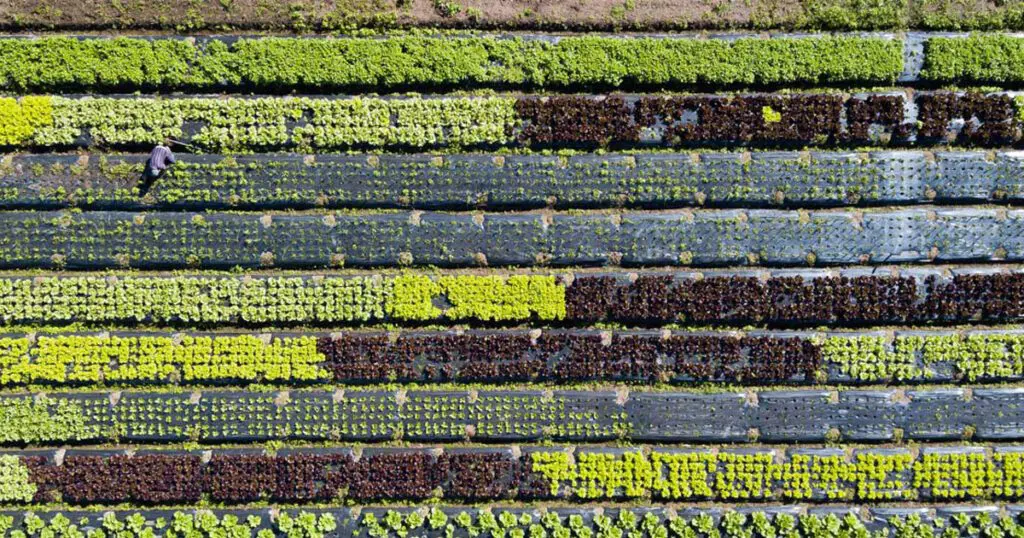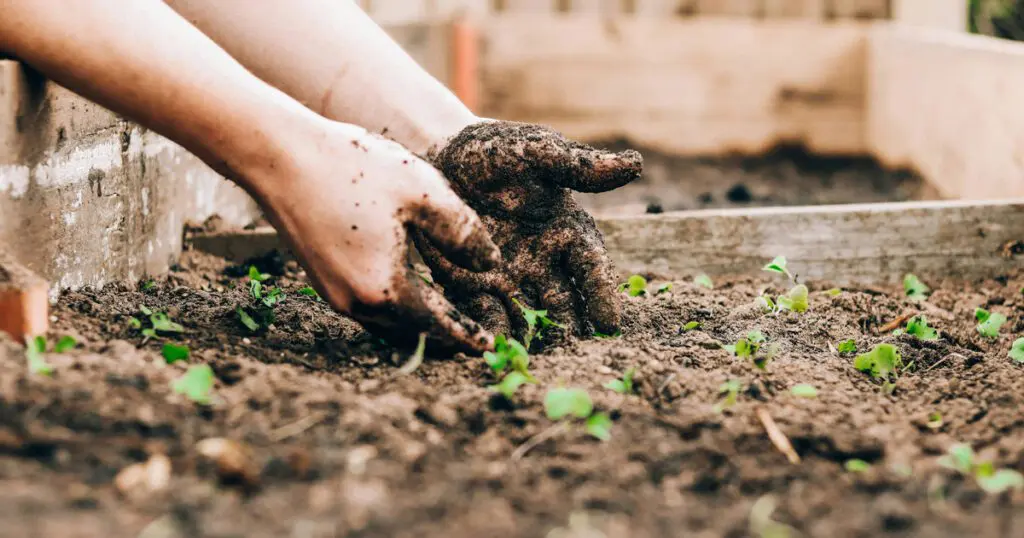
Throughout time farmers everywhere have found solutions to extend their harvest and growing season. It feels like a dream that someone could enjoy fresh snow and fresh produce simultaneously, yet Jean-Martin Fortier and Catherine Sylvestre have done just that and now you can too!
In the Winter Market Gardener, they excite, inspire, and empower you to embrace the seasons and work with nature to produce and enjoy superior-quality local vegetables all year. Their methods draw on the experience of many that come before them. In today’s excerpt, they outline just a few of the people whose hard work and creative solutions in the garden helped pave the way for their farms to be the successful operations they are today.
The Knowledge and Skills of Northern Growers
Some ideas that may seem avant-garde are in fact quite old; this is certainly the case with northern agriculture. In 1942, Abbé Maurice Proulx produced a short film showing how winter vegetables could be grown using hotbeds (couches chaudes).
As early as January, growers would dig squares roughly three feet deep into the snow, then stake twelve-inch boards into the ground. Into this hole, they added an eight-inch layer of hot manure and covered it with topsoil. The soil would be warm, having been stored in bags left indoors since the fall. Young tomato, onion, and lettuce seedlings were then planted in the soil and kept warm by the manure. The hole was sealed using a frame with glass panels (like a window) built for this purpose. On sunny days, the frames were propped open to prevent overheating. This simple shelter, combined with the heat generated by manure, allowed growers to harvest crops several months before other gardeners. The tomatoes were later transplanted into the vegetable garden, while lettuce and onions could be eaten in March and April.
Our ancestors knew how to extend the harvest season using nothing but simple shelters. They also had an abundant supply of fresh manure, which is an indispensable heat source for hotbed systems.
In France, Abbé Proulx studied the methods of Parisian market gardeners who had mastered the art of growing vegetables in the off-season. For more than 200 years, these market gardeners fed the millions of people inhabiting the French capital with vegetables and several types of fruit grown year-round. On small diversified farms that harnessed knowledge and skills to grow crops in an entirely ecological manner, a single plot could see eight successions in one year. And at this time, petroleum-based fertilizers, pesticides, and herbicides were not yet available!
Yet even in France, this approach gradually fell into oblivion. As it became more efficient to ship perishable goods, produce could quickly be moved from one region to another and, eventually, from one continent to another. Local off-season agriculture was replaced by imported fruits and vegetables grown in warmer climates and parachuted into major cities like Paris.
Fortunately, the extraordinary know-how developed by 19th-century French gardeners was not entirely forgotten. American Eliot Coleman is without a doubt one of the pioneers who revitalized these methods. A contemporary thought leader for many vegetable growers in the organic farming world, Coleman spent more than forty years on his farm in Maine modernizing methods for market gardening. He documented his observations in several influential books like The Winter Harvest Handbook, which remains the best reference for growing vegetables in the cold season.
Obviously, Coleman and Abbé Proulx are not the only ones who applied and documented these methods. With a little research, you will discover a trove of resources. Today, the revival and dissemination of this expertise have become even more relevant as the agricultural industry searches for a greener path forward. The book you are holding in your hands and our experiments at Ferme des Quatre-Temps are a part of this process.
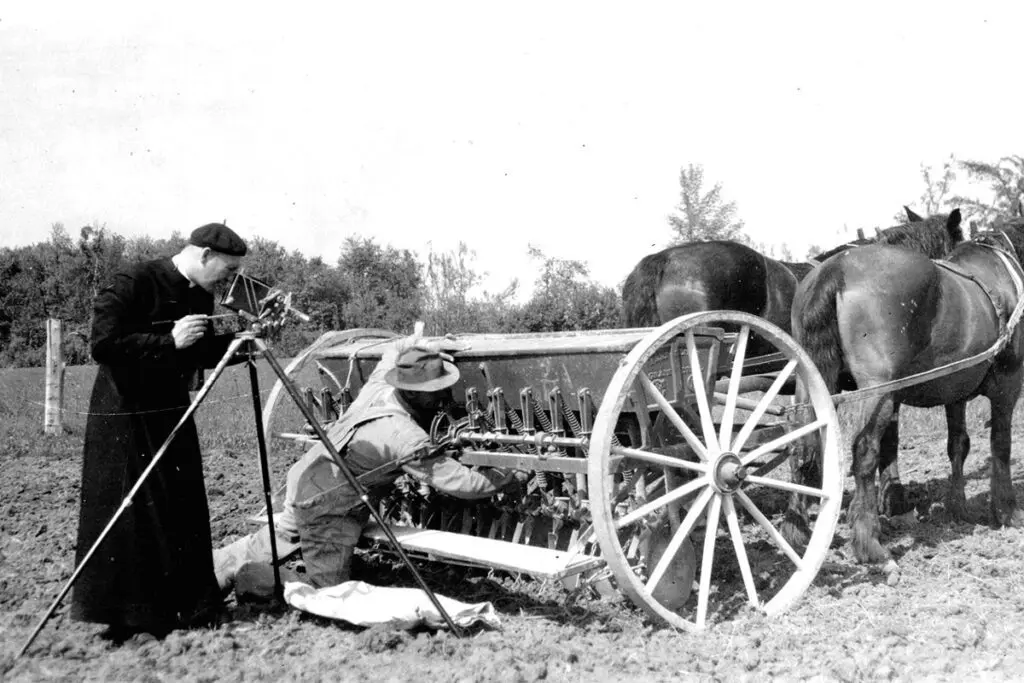
Abbé Proulx was a priest, agronomist, and filmmaker who documented the transition from peasant farming to industrial agriculture for more than thirty years. As a scholar, he traveled extensively to learn about European methods for growing vegetables and was the first to make educational short films about good agricultural practices. His documentaries are uniquely beautiful and portray a not-so-distant past.
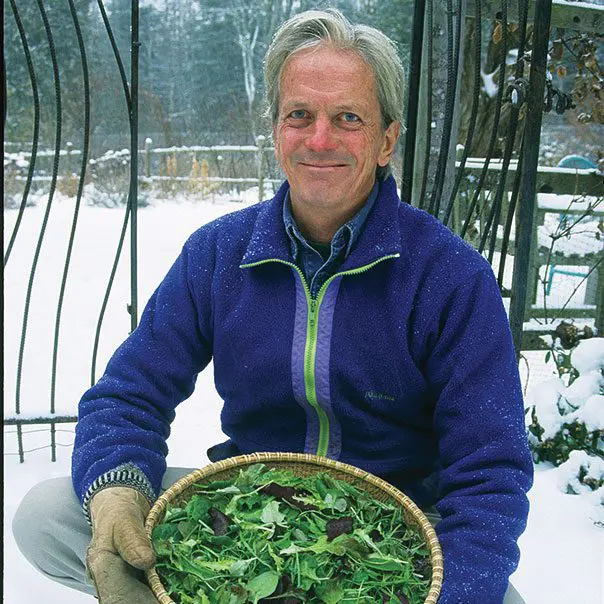
Eliot Coleman is one of the pioneers of the American organic movement and lives in Maine, just a few hours from the border with Quebec. Thousands of American market gardeners, especially in the northeastern United States, used the tenets of his work to develop new strategies and run their own farms. The result has been a lively and captivating proliferation of disciples who have shared their discoveries (and their mistakes!) over the past twenty years.
Coleman largely draws from the expertise of 19th-century Parisian gardeners and their approach to small-scale intensive vegetable production. In recent years, he published new techniques and methods for winter growing. These publications marked a critical milestone; they democratized winter growing, allowing the public to access previously unavailable information and furthering the northern market gardening movement as a whole.
Sharing Our Collective Knowledge with New Farmers
Founded in 2015, Ferme des Quatre-Temps is an educational farm that aims to train future growers according to a regenerative market gardening business model. The farm has two sites: one in Hemmingford, southern Quebec, and the other in Port-au-Persil, in the northern Charlevoix region. At both locations, experiments are strongly encouraged and celebrated.
Since the farm’s inception, winter growing has been an integral part of the methods we actively strive to adopt and improve. Through this approach, we aim to find ways to make the least productive months profitable, establishing best practices for successful winter growing in Quebec.
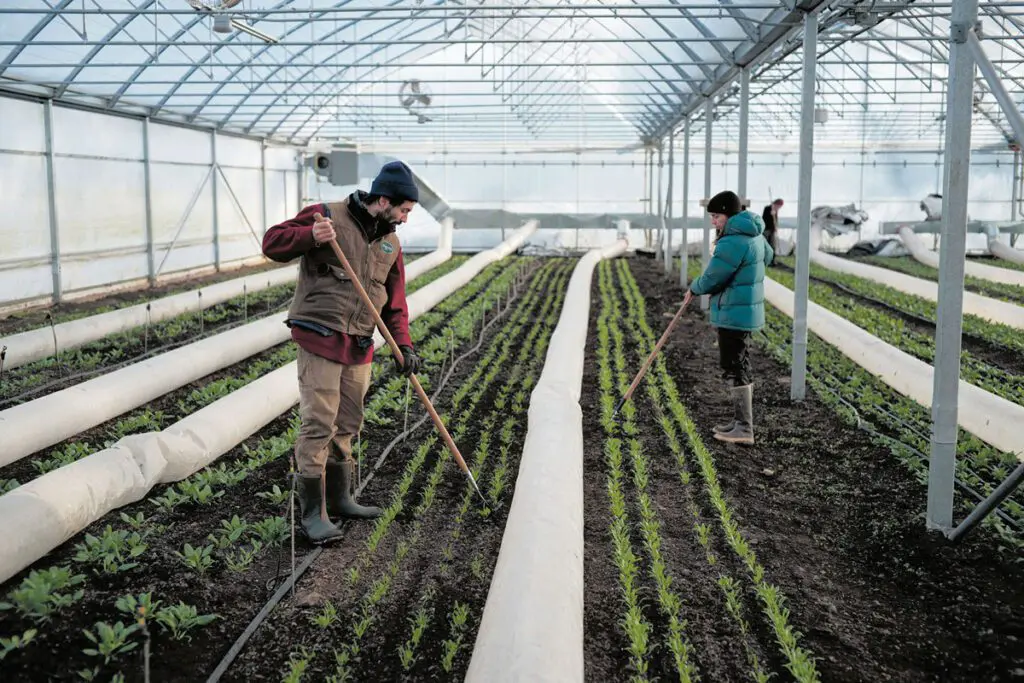
We went through many rounds of trial and error, some resulting in frozen vegetables and freezing hands, and others revealing surprising successes. Eventually, we implemented procedures that, in recent winters, have shown proven results. In this book, we will shed light on our past efforts, and we hope that it will inspire many people to consider adopting these methods in their own market gardens.
Through our experiments, we identified five key principles that guide our approach to winter growing. We will further explore these concepts throughout the chapters of this book.
- The most significant limiting factor for winter vegetables is a lack of sunlight, and not a lack of heat.
- Many vegetables and cultivars can withstand freezing temperatures.
- It is possible to increase the cold hardiness of some crops.
- By using simple shelters and layering them like onion peels, we can create favorable microclimates that allow vegetables to grow in winter.
- By working with minimal heating, we can limit the investments required to make winter crops profitable.
Before going any further, we want to acknowledge the incredible contributions made by an entire community. They enhanced our collective knowledge and skills, helping us to uncover these essential concepts. Our approach to farming and this book would not have been possible with- out the long-standing knowledge transfer network established by farms in the United States, Ontario, and Quebec, and their combined expertise. We wish to thank them for their generosity in enhancing our collective understanding and driving our movement forward.
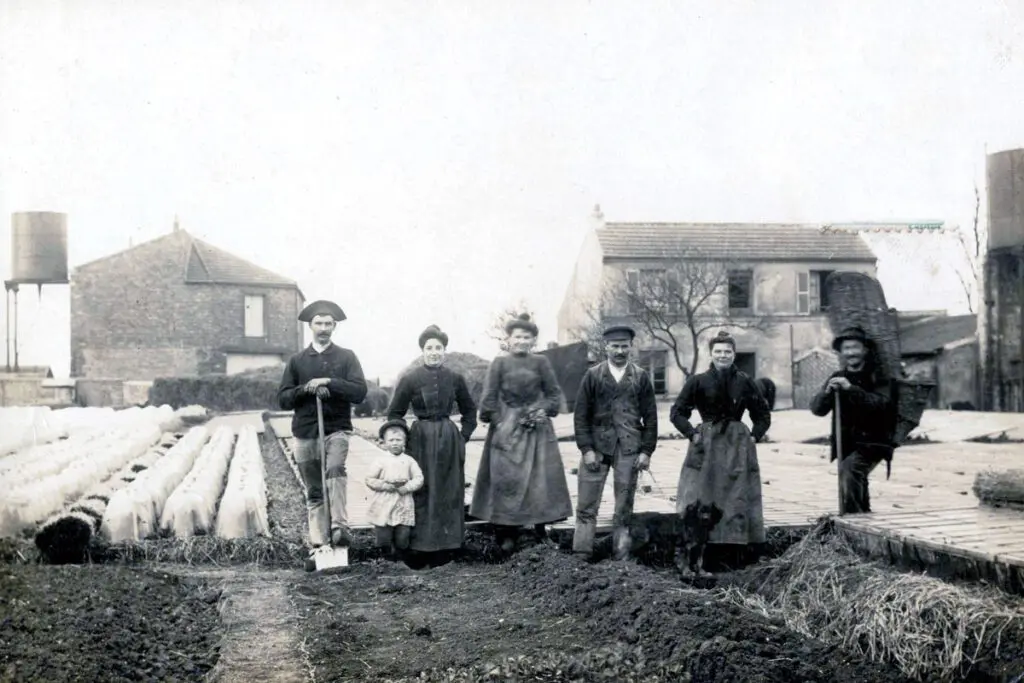
It is estimated that there may have been up to 10,000 small farms surrounding 19th-century Paris. These gardens managed to feed the city without modern technology like electricity, heat from fossil fuels, and plastic. This shows us that it is possible to transition to a form of agriculture that is different from the one we know.
Of course, the lives of these vegetable growers were certainly a far cry from our modern- day context. Some worked up to 18 hours a day! But by combining simple shelters, a strong understanding of plants, adaptability, radiant heat sources (manure, at the time), and incentives to produce (business was good in Les Halles), these growers developed an approach to production that remains a useful reference even today. And it is not so far removed from what we currently know.
We are careful here to avoid the trap of nostalgia, claiming that everything was perfect in the past. But we can reliably say that these vegetable growers were one step ahead of their modern-day counterparts who operate only six or seven months a year. The general lack of local winter production has left a void and enabled large-scale commercial and global operations to fill this market void with imported produce requiring a lengthy, fragile, and fossil-fuel-intensive supply chain.
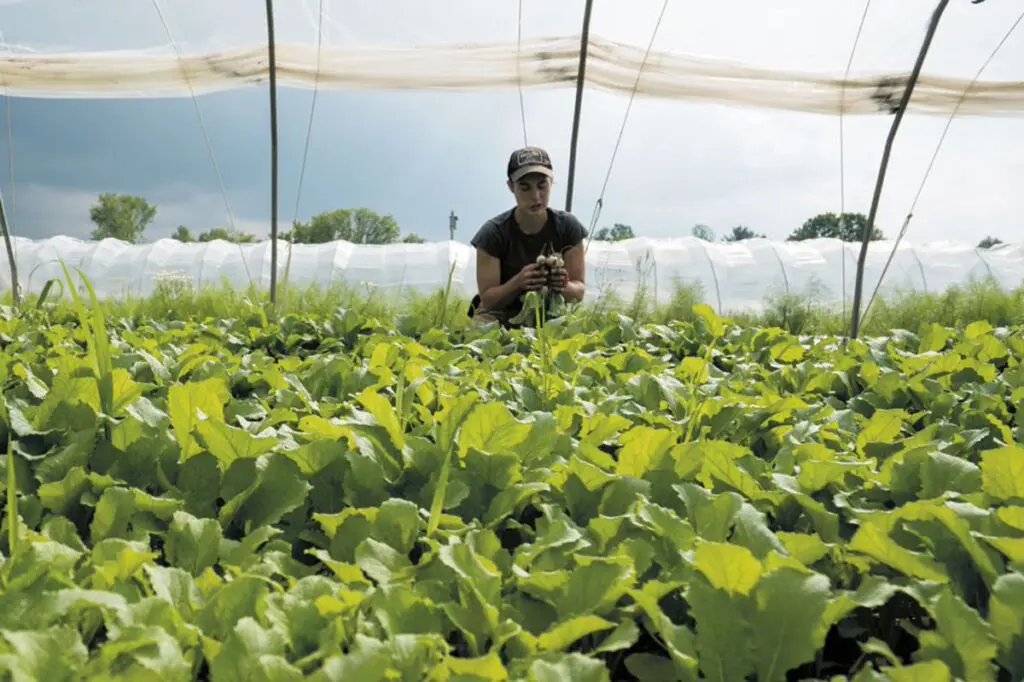
Most books that explore methods used in the past are only available in French, the language of the Parisian market gardeners. However, we’ve found an English equivalent written by John Weathers in 1909 called French Market Gardening. Weathers recognized that French gardeners were one step ahead of British gardeners in terms of intensive market gardening techniques and season extension. To bridge that gap and increase food sovereignty in English cities such as London, he took upon himself to document and publish the French gardeners’ techniques in English. The level of detail in his book is quite advanced; we can see how inventive and resourceful the Parisian gardeners were, and we can learn from them even now and actualize their techniques!

